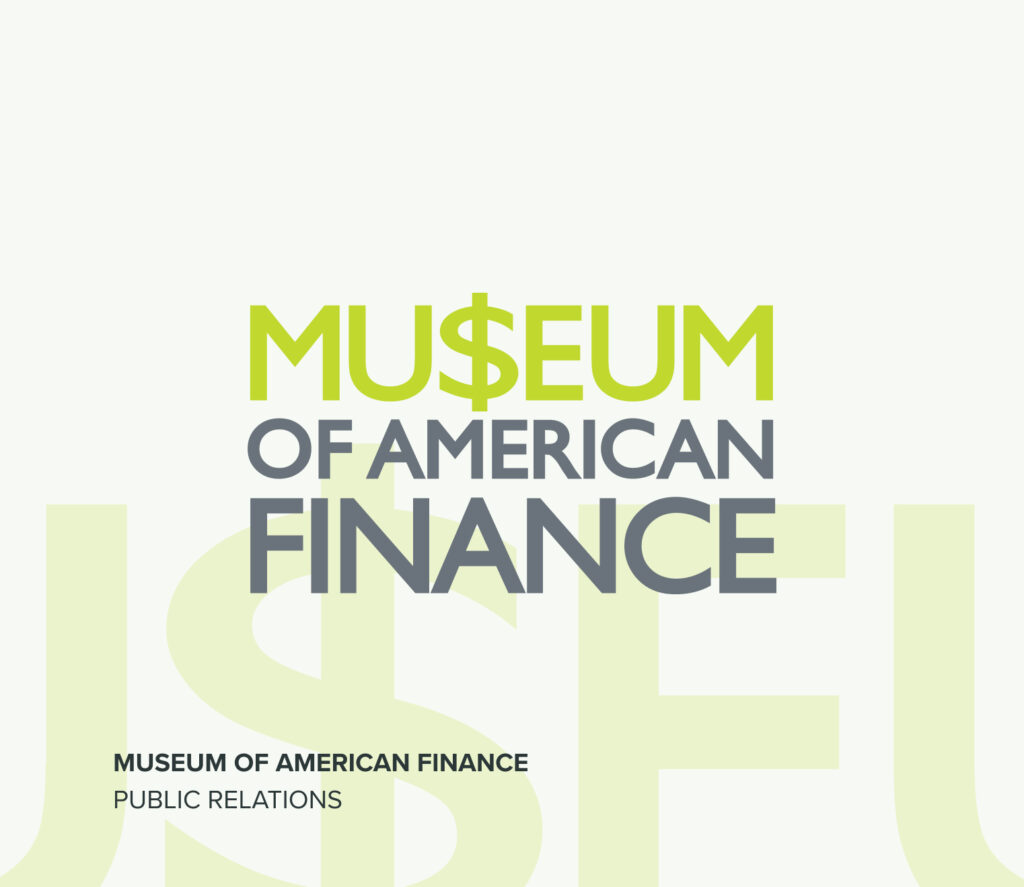Silicon Valley Bank (SVB) has failed and in doing so has made headlines. The Federal Deposit Insurance Corporation (FDIC) has taken charge. Normally, the authorities would pay depositors up to $250,000 of what they have in the bank. Anything above that amount would wait, along with the bank’s creditors, until the FDIC sold the bank, or the authorities sold off its assets piecemeal to gain funds with which make depositors and creditors whole. In this instance the Federal Reserve (Fed), no doubt in an effort to stop any general loss of confidence in the financial system, seems to have stepped in to ensure that all SVB deposits remain secure. That HSBC has bought the UK part of SVB for a L1.0 hardly changes the equation.
In these early days, it is impossible to know exactly how things will go, mostly whether fears will put other banks in a similar situation. Signature Bank in New York has been identified as vulnerable, and the Fed seems to have extended its backing to that institution as well. It is a dangerous situation and deserves the attention the authorities are giving it. Having said that, nothing in this news comes close to the problems of 2008-09.
In many ways, SVB’s problems are illustrative of difficulties facing all banks in today’s rising rate environment. During the pandemic and its immediate aftermath, when business slowed everywhere and consumer spending collapsed, SVB, along with most other banks across the country, saw a tremendous inflow of deposits. Fed data shows that checking and savings deposits grew almost 36 percent from February 2020 until May of this year, a jump of $4.8 trillion. That growth in 27 months was greater than in the prior 60 months. At the same time, the slowdown in business activity and consumer spending in the pandemic and afterwards a lingering concern of what firms would survive curtailed opportunities in the usual ways banks deploy deposits to make money – lending to businesses and consumers. Banks, including SVB, turned for gains to investments, buying mostly treasury bonds and mortgage-backed securities.
Because bond yields were low until the Fed started to raise interest rates in March 2022, bank managers faced a great temptation to buy longer-term bonds where yields were higher than in shorter-dated paper. The temptation existed for all, but more cautious banks resisted it. They wanted some of their assets maturing nearer in time so that they could be sure of having cash to meet the deposit withdrawals that they knew were coming when the economic recovery matured. SVB was more aggressive and bought mostly longer-dated paper. When the Fed began to raise interest rates and yields rose in tandem, all these bond holdings suffered price declines, as bonds always do when interest rates rise. But the longest bonds, as is typical, suffered the biggest value drops. The long paper in every bank’s portfolio was below purchase price, but SVB’s especially long-dated portfolio suffered disproportionately. Other banks could count on maturities to meet any deposit withdrawals, SVB had to sell bonds and at a significant loss.
Another aspect of SVB put it at a disadvantage to other banks. The funds it did not direct to long-term bonds, it concentrated in loans to the biotech area. Biotech is a very exciting area and has great promise, but many of its firms are close to startups and borrow as long into the future as they can. Had SVB developed a more general loan portfolio or one that had loans maturing over a shorter time horizon, it could have used those inflows to meet deposit withdrawals, perhaps even had the ability to call loans before the contracted maturity date. But with the biotech loans the bank lacked such flexibility. It had to sell still more bonds than it might have otherwise, and, of course, at a significant loss.
SVB had yet another disadvantage. It had a remarkably undiversified deposit base, much more concentrated than most other banks, even smaller regional operations. Given where the bank was located, it could not help but cater to the technology area. Participants talk to each other, as they do in every industry grouping. So, on the slightest hint of trouble, more customers than in a more diverse deposit base began to withdraw. It is indicative of SVB’s problem that a venture capital firm covering may SVB depositors got wind of trouble and seems to have advised all its associates to remove their money. These depositors were, it seems, a significant portion of the bank’s total deposits. A more diversified group of depositors would have moved less money out over a longer time and accordingly eased pressure on the bank.
So SVB was both typical and unusually vulnerable. But because the whole banking system rests on confidence alone, any trouble anywhere is dangerous. That is why the Fed has determined to backstop the deposits. This reality notwithstanding, there is every reason to believe that the average bank in the system is less vulnerable than SVB was. It is also important to keep in mind that unlike 2008, the problem here is not bad loans. No one has suggested that, as then, a large swatch of borrowers are unable to meet their obligations.


